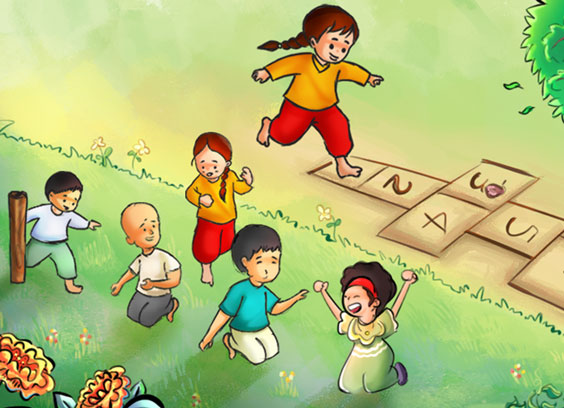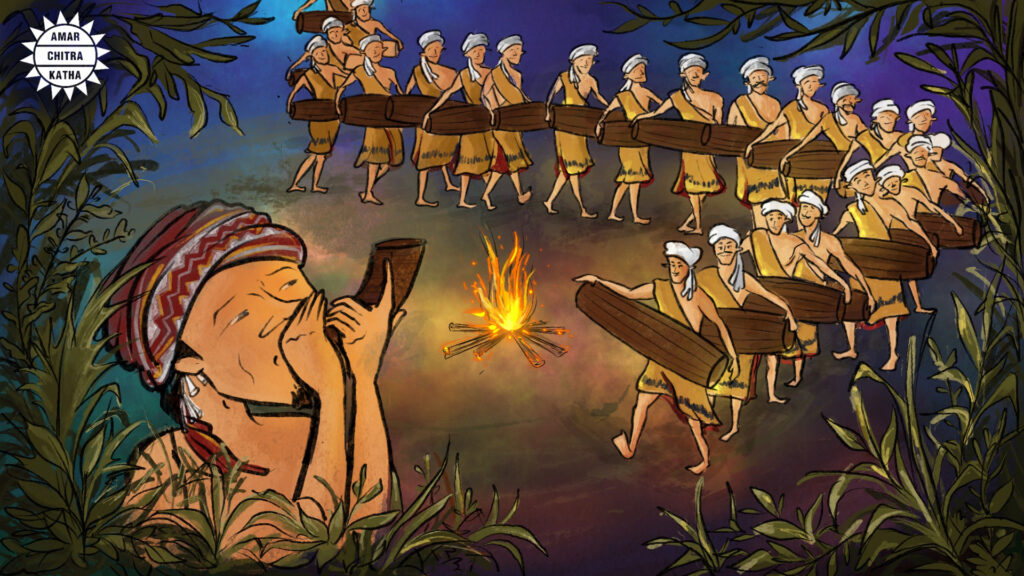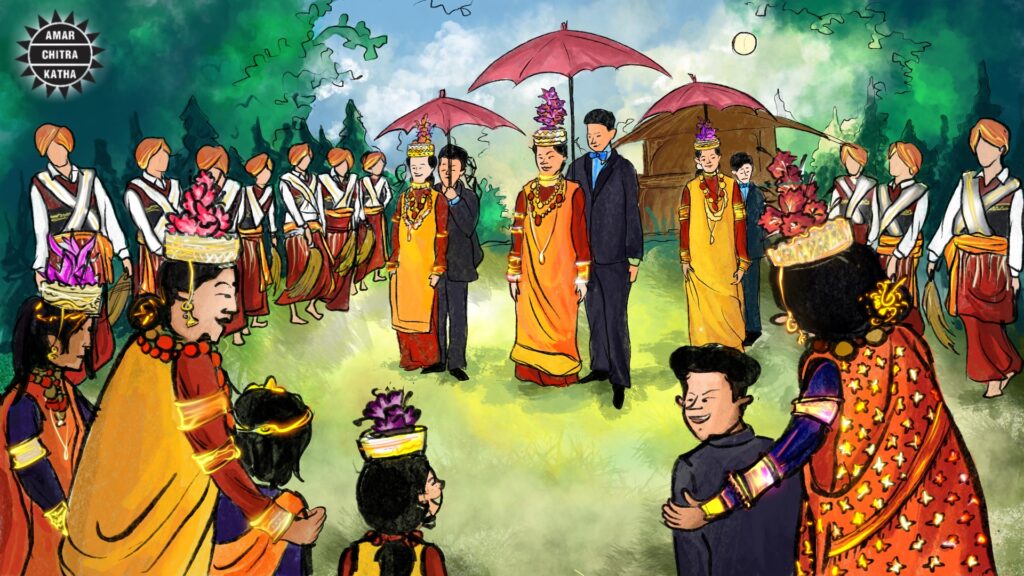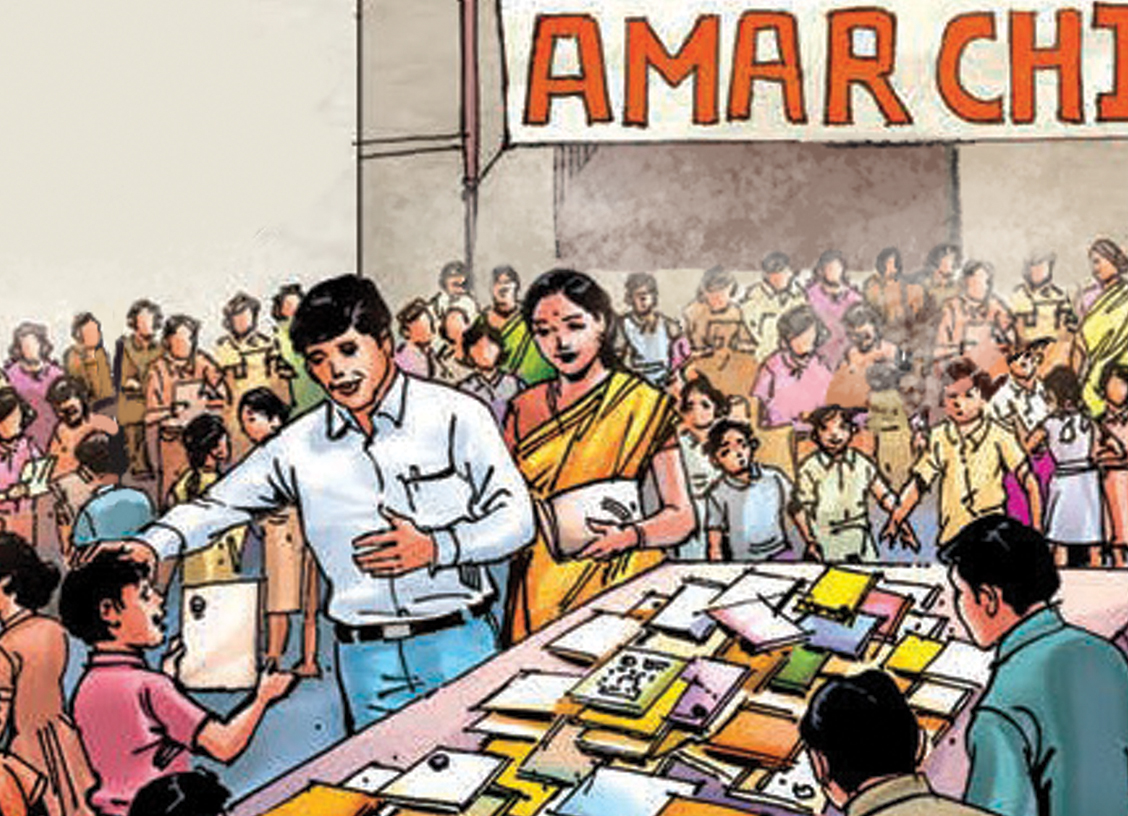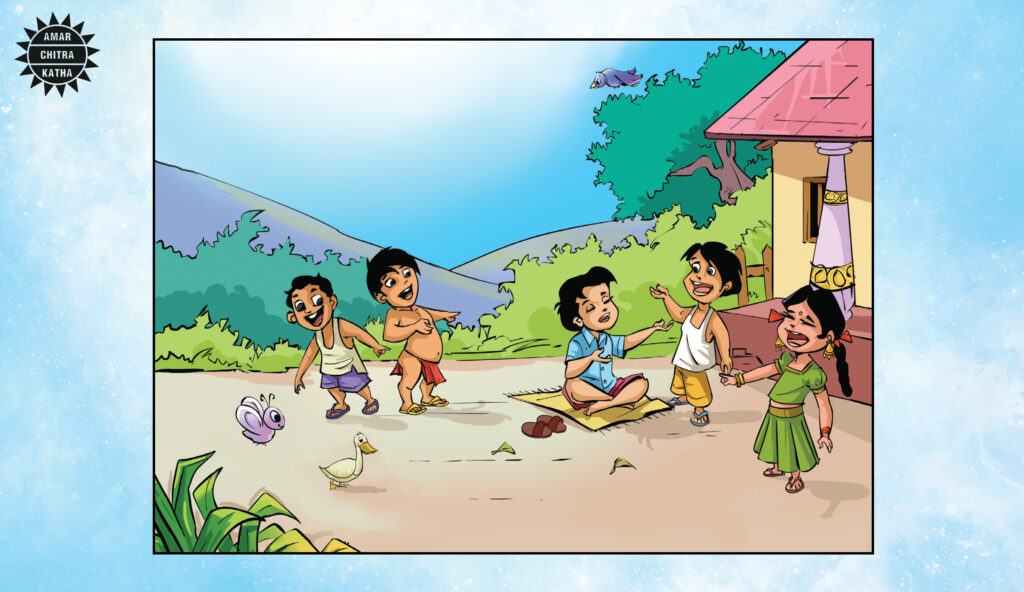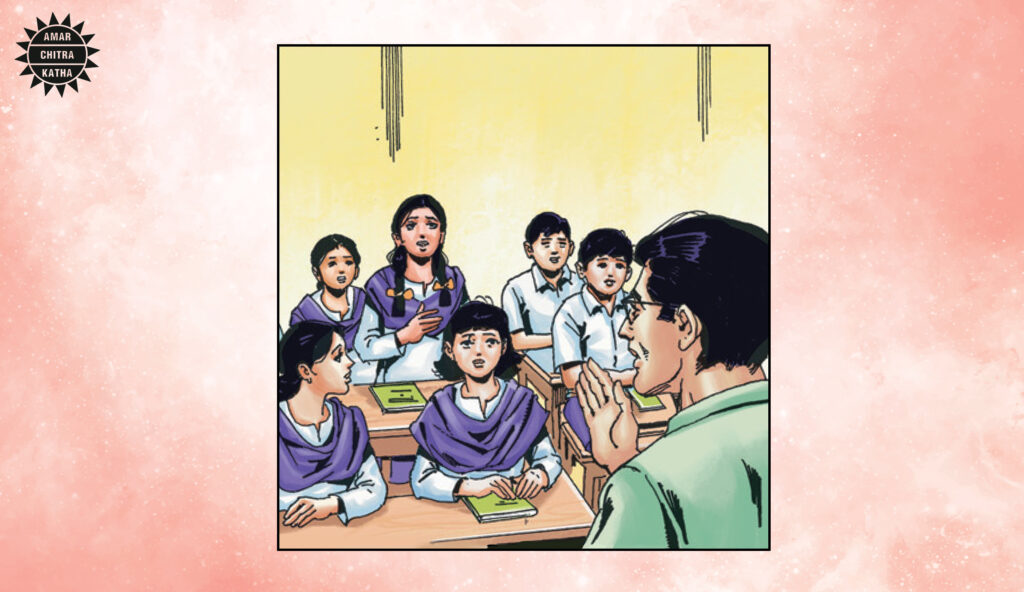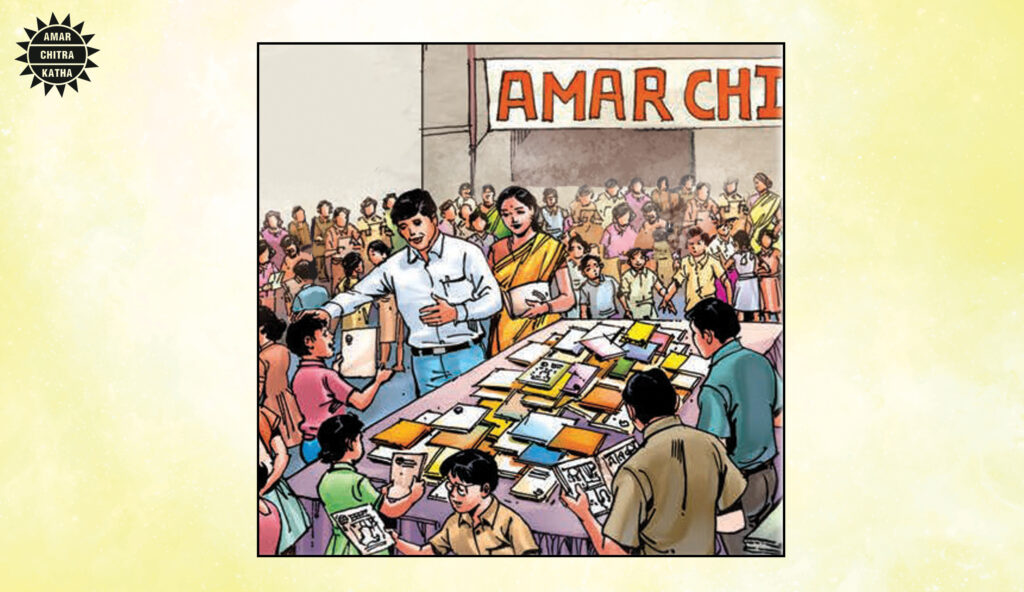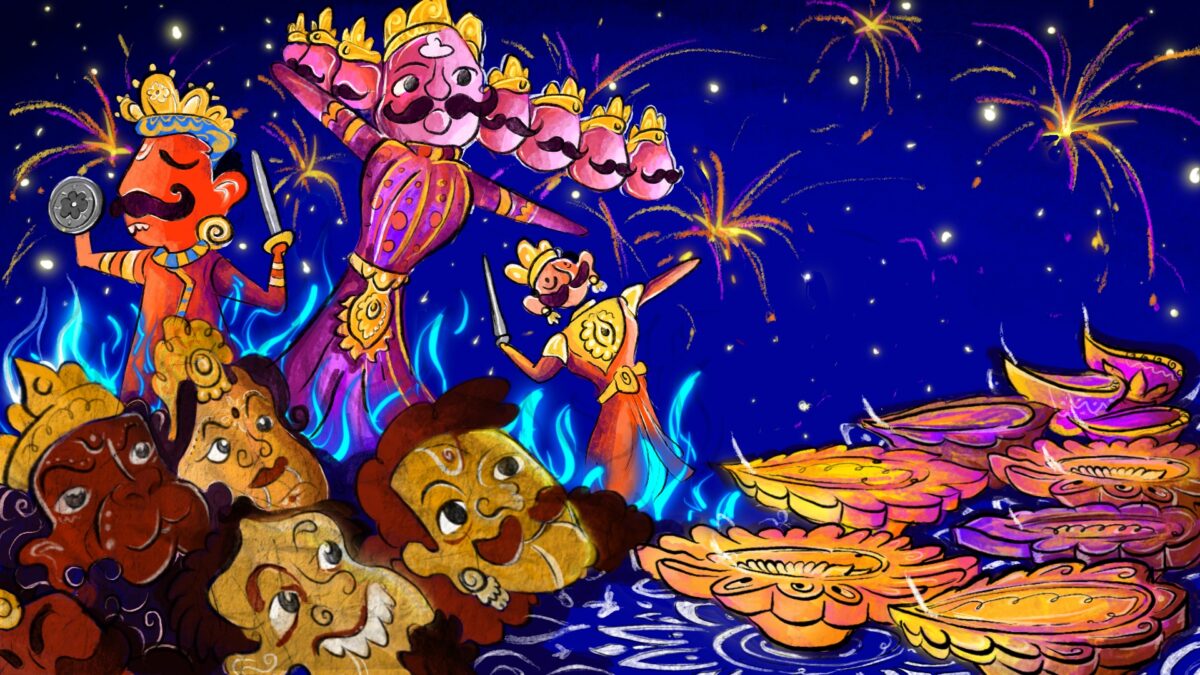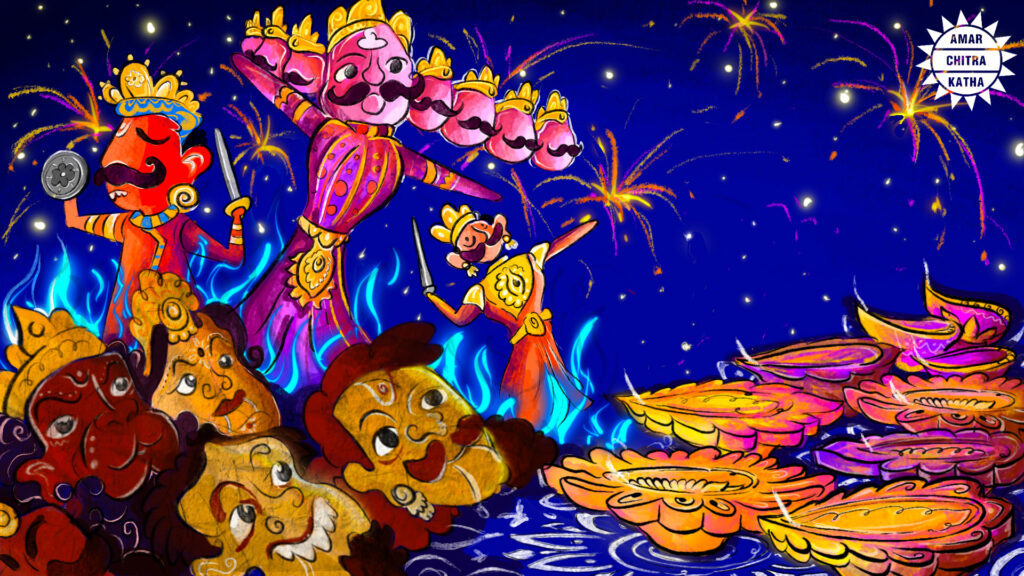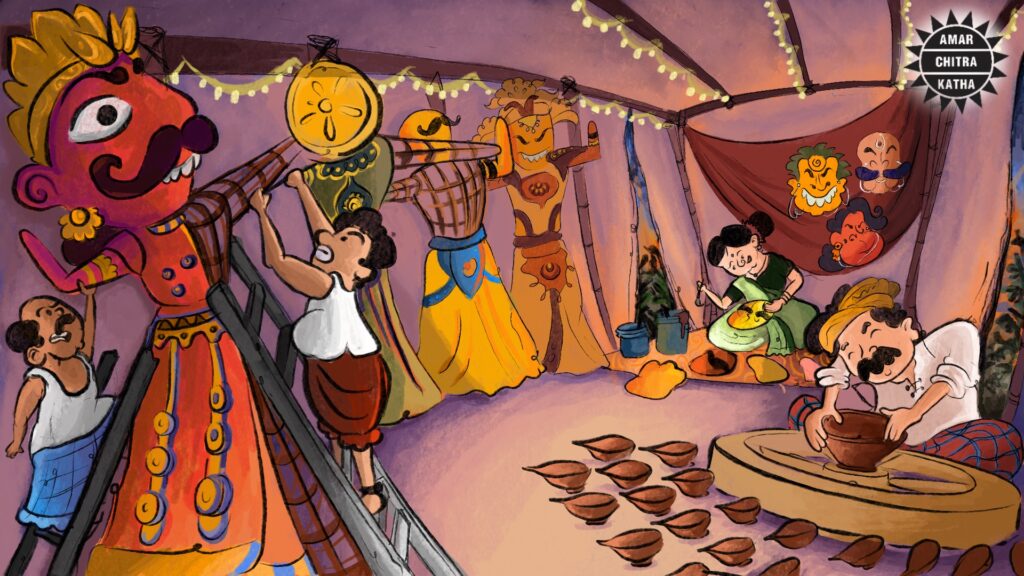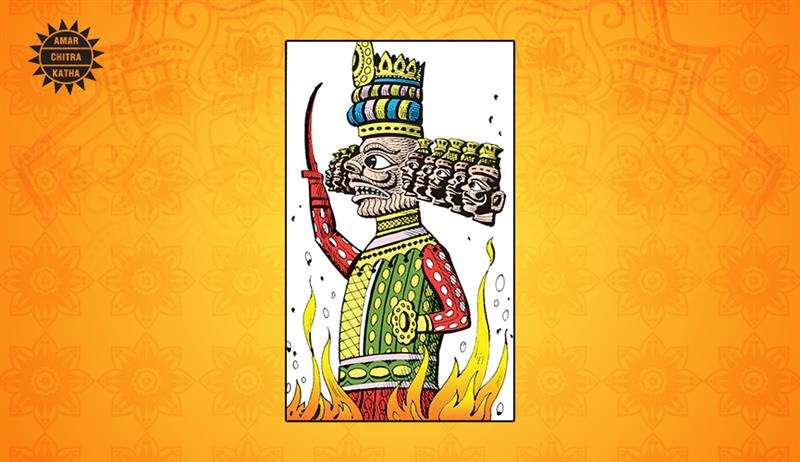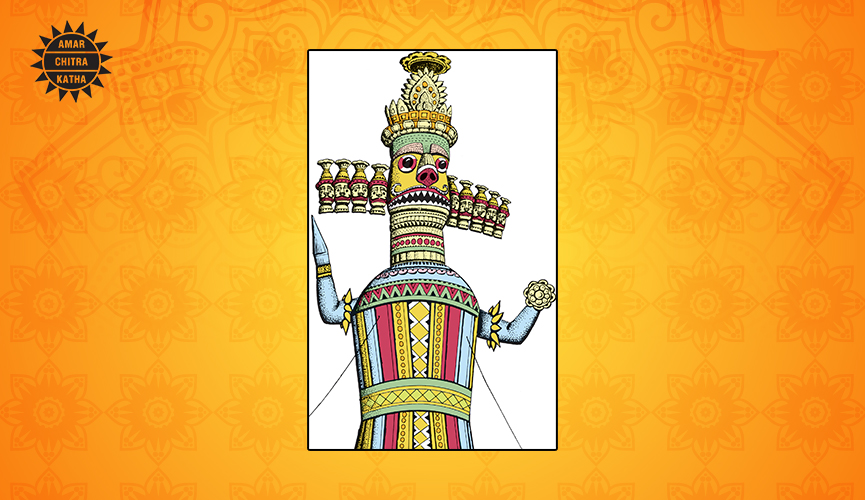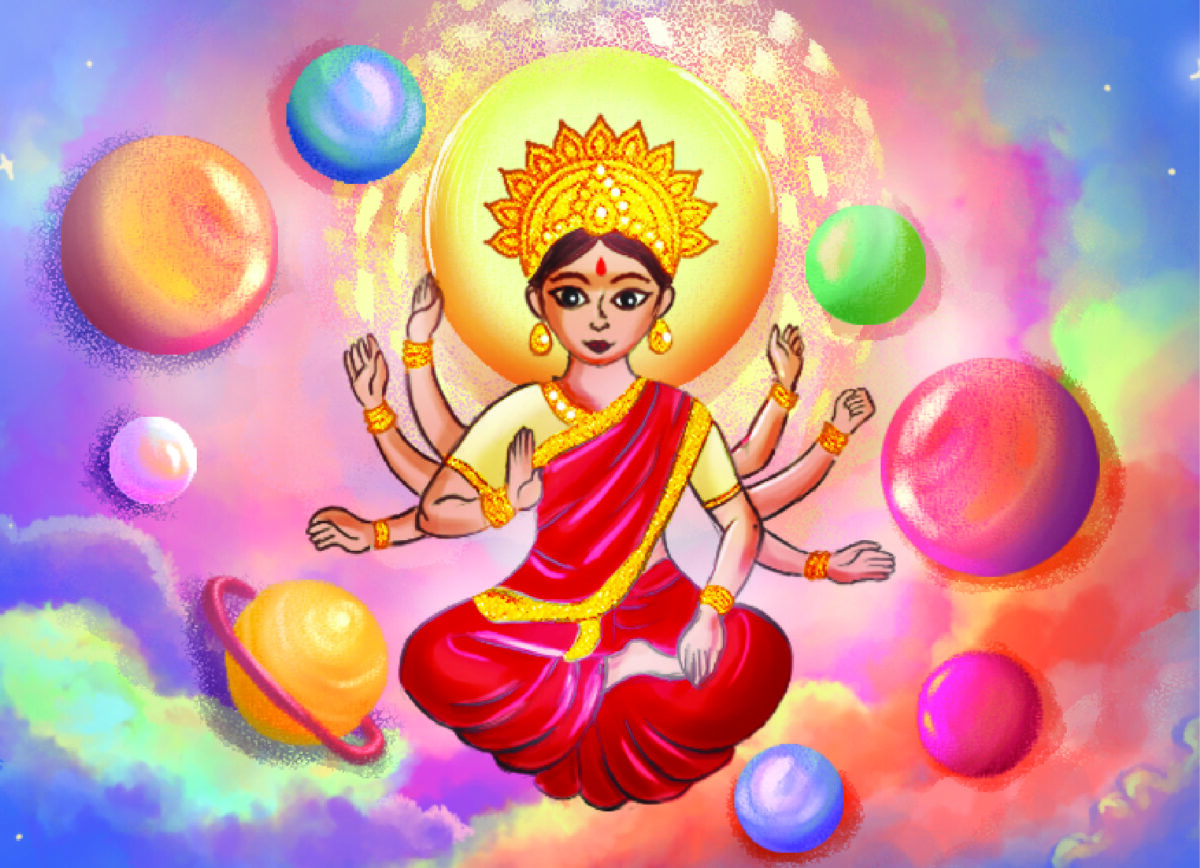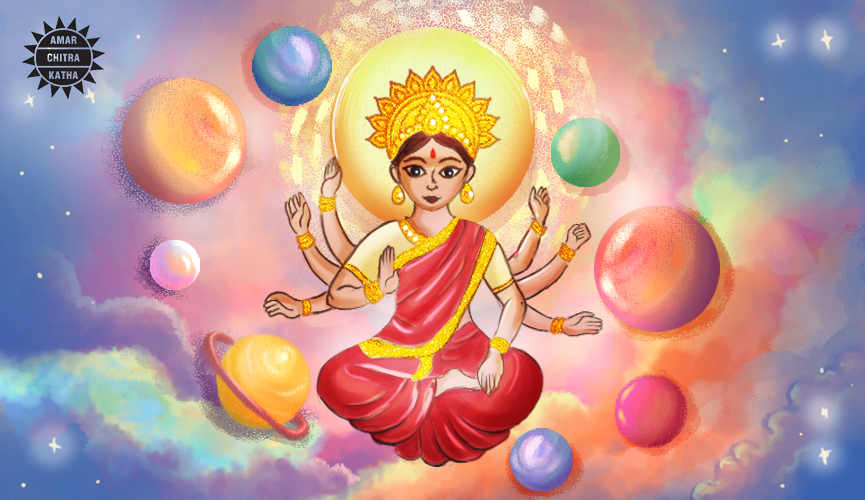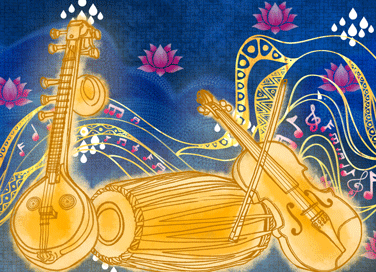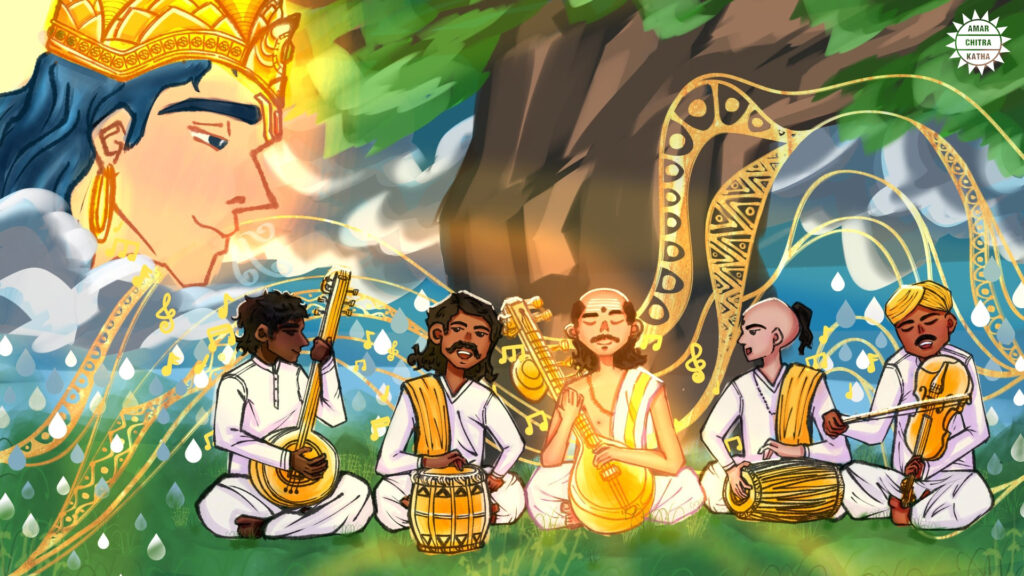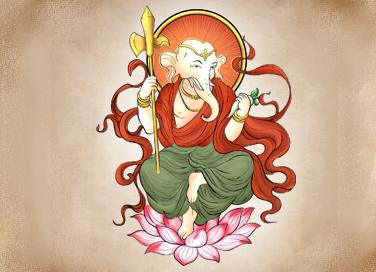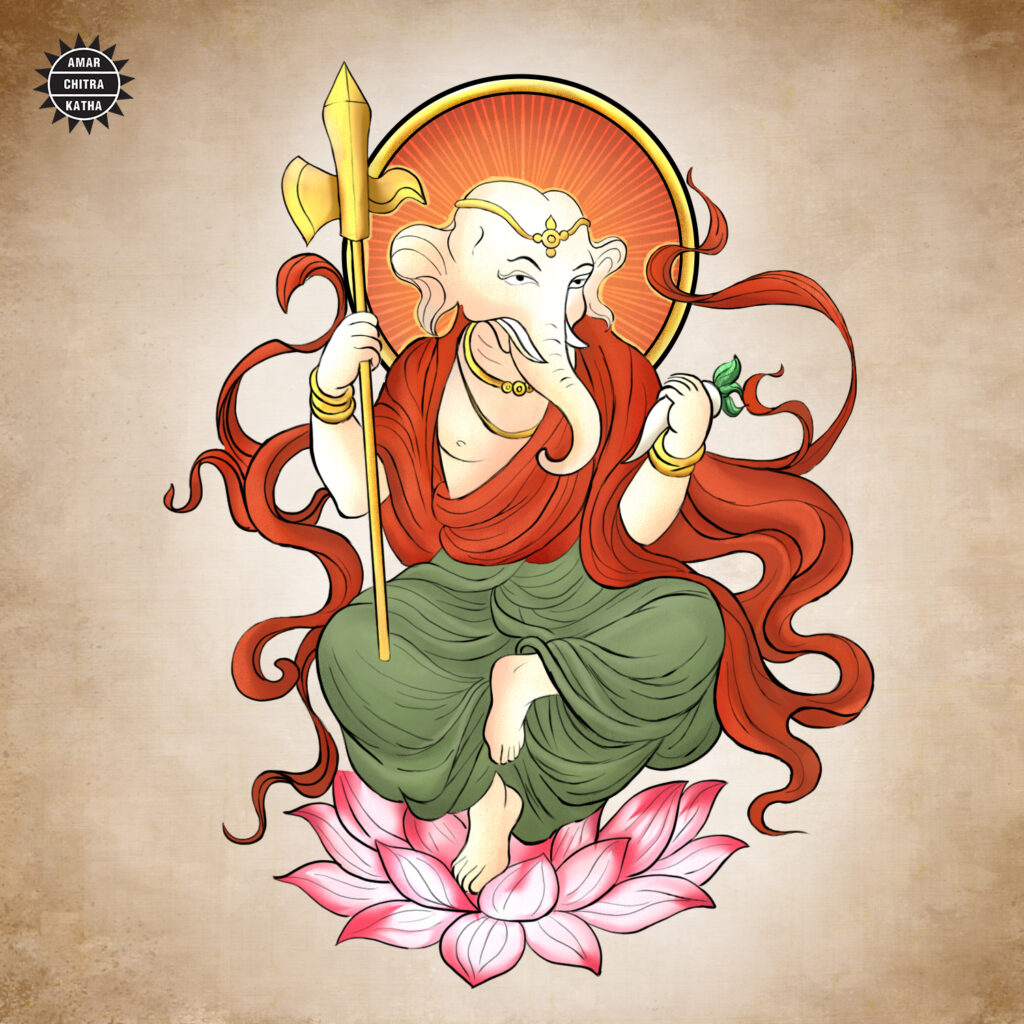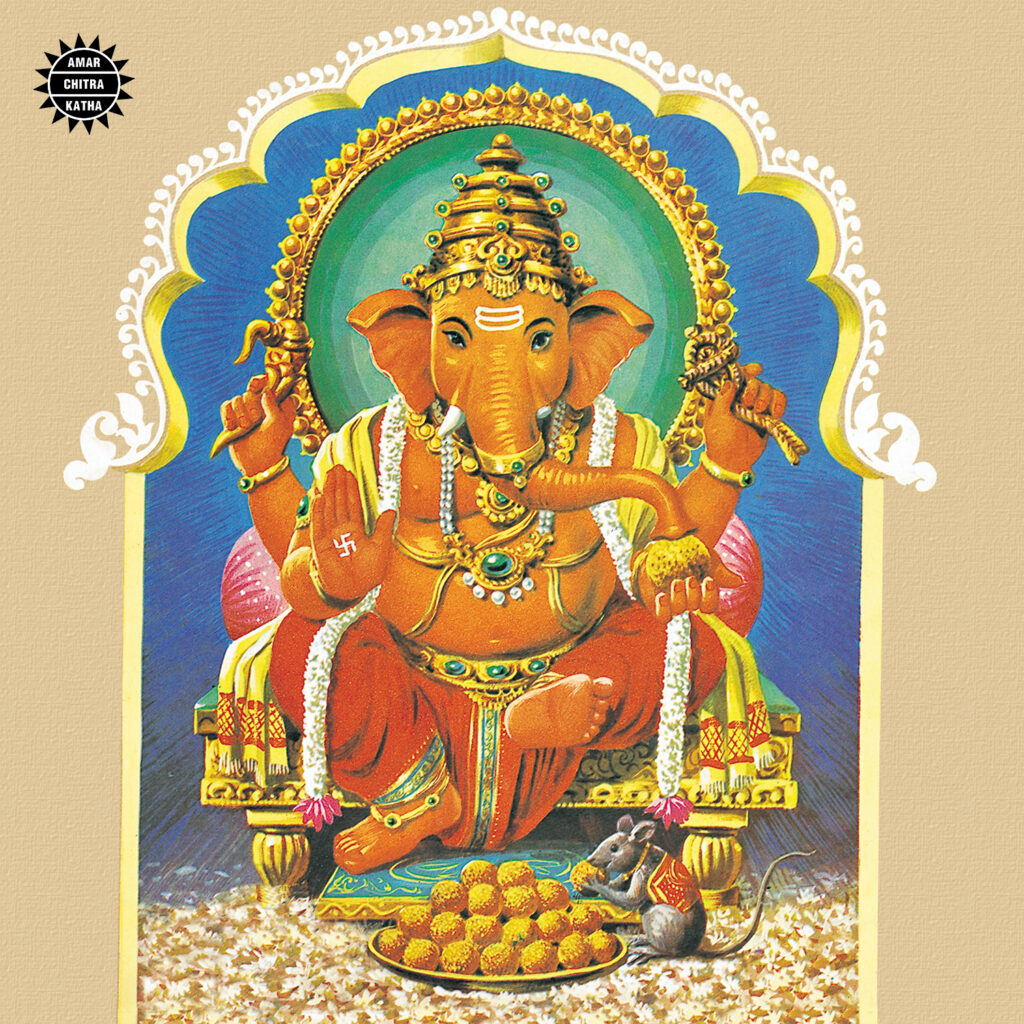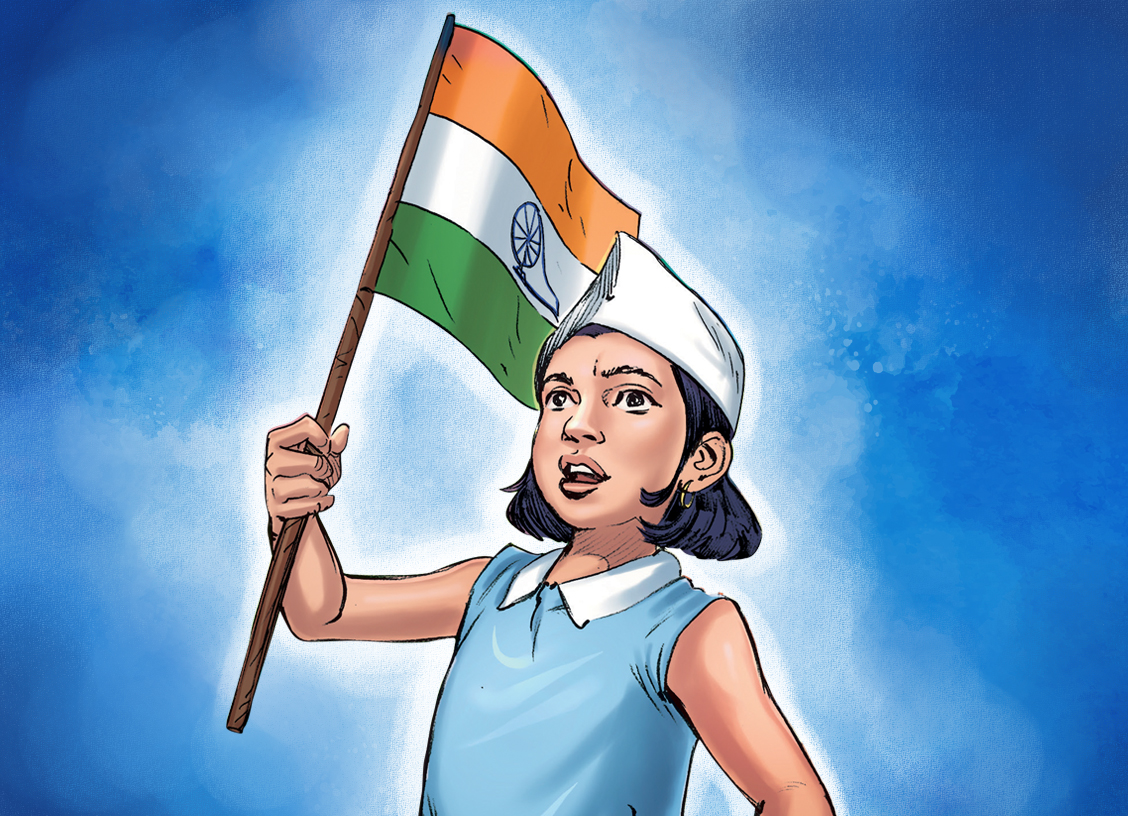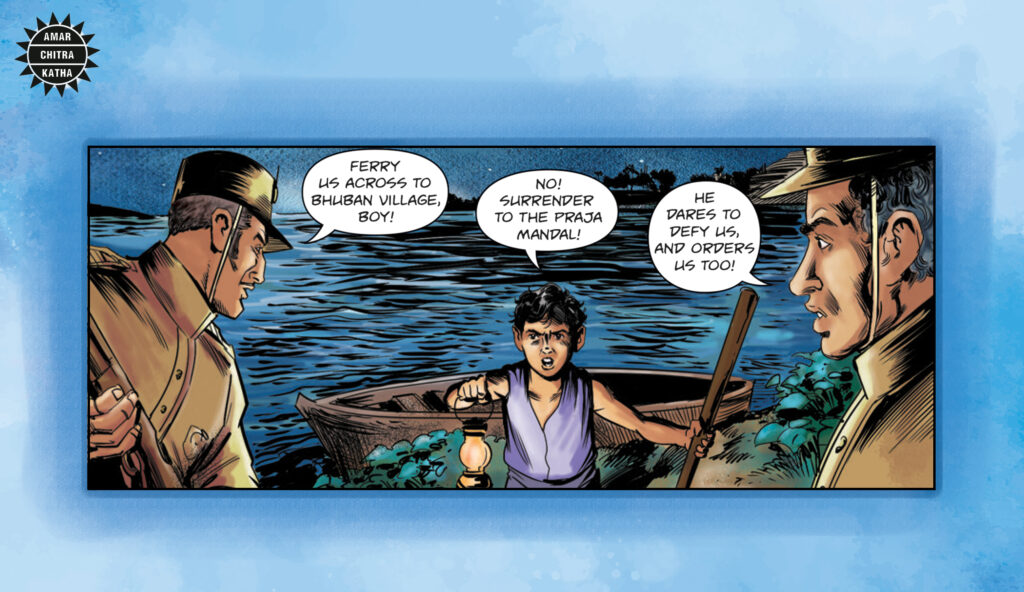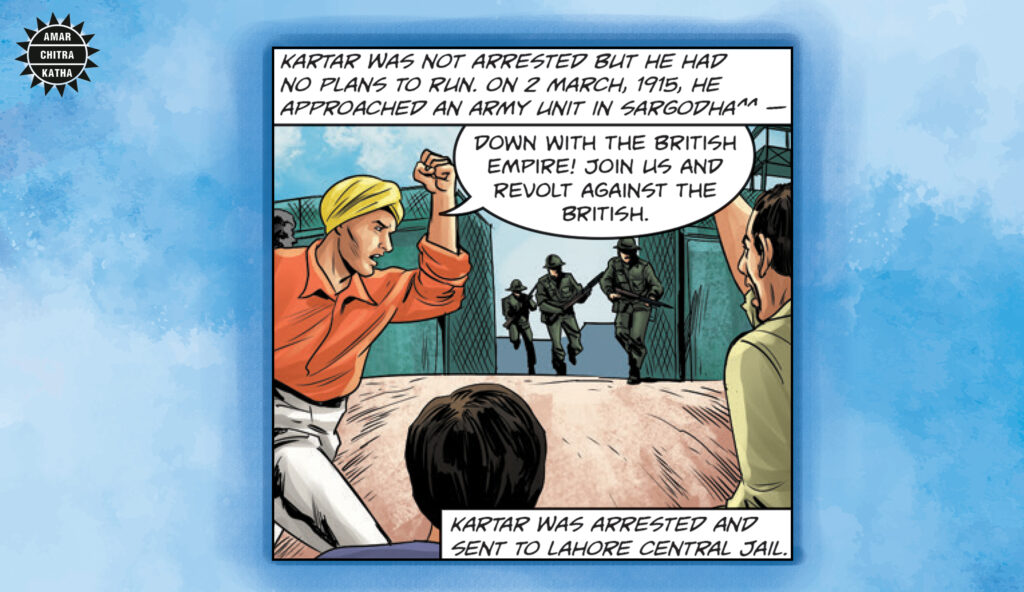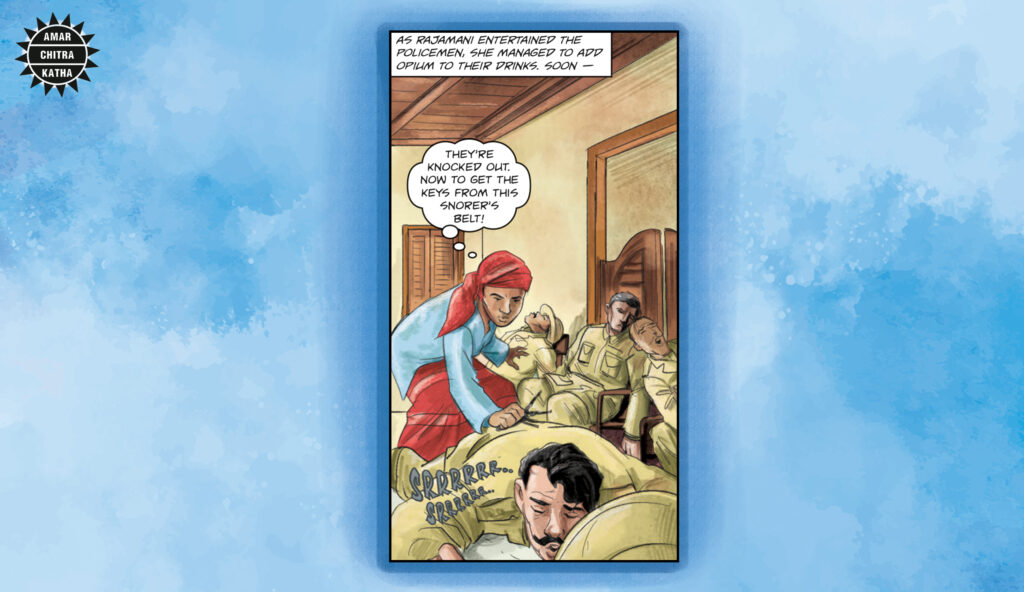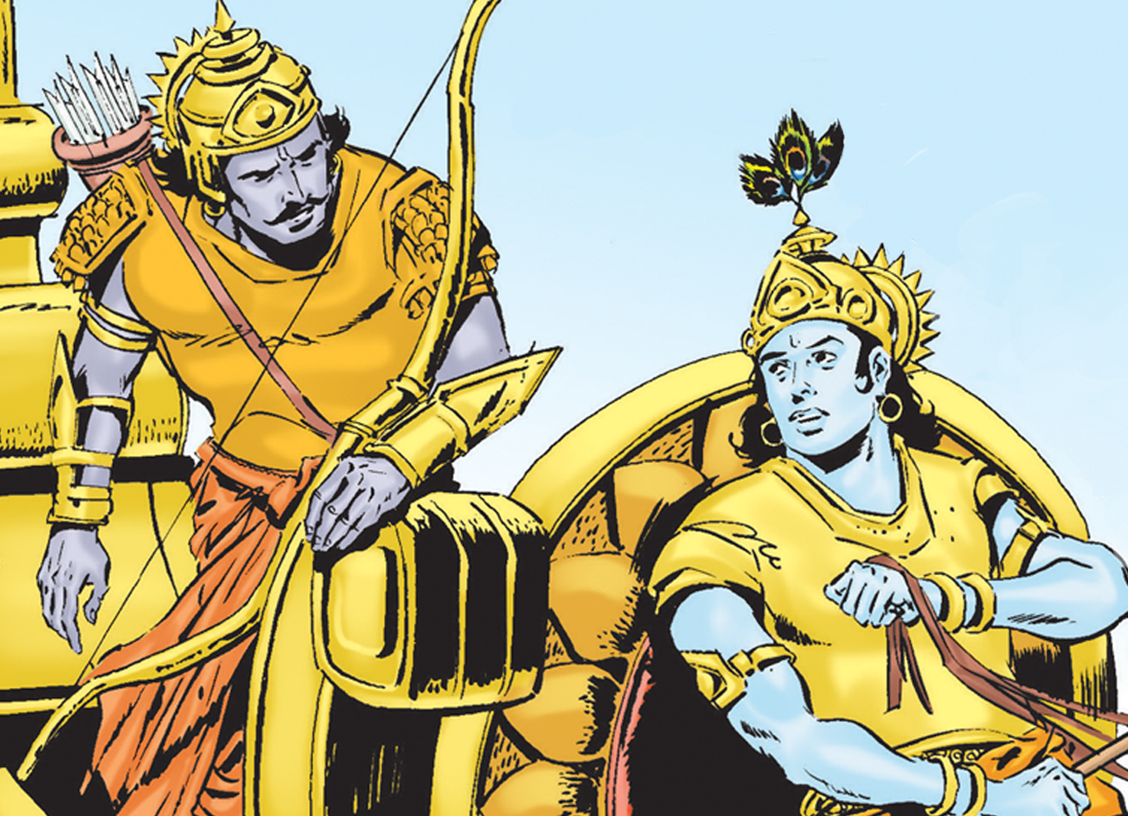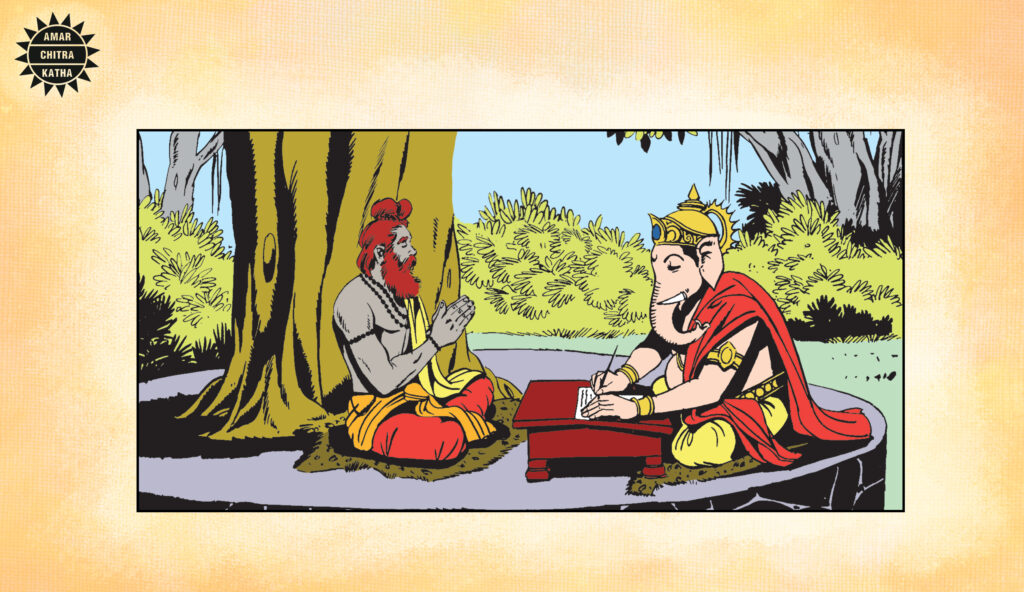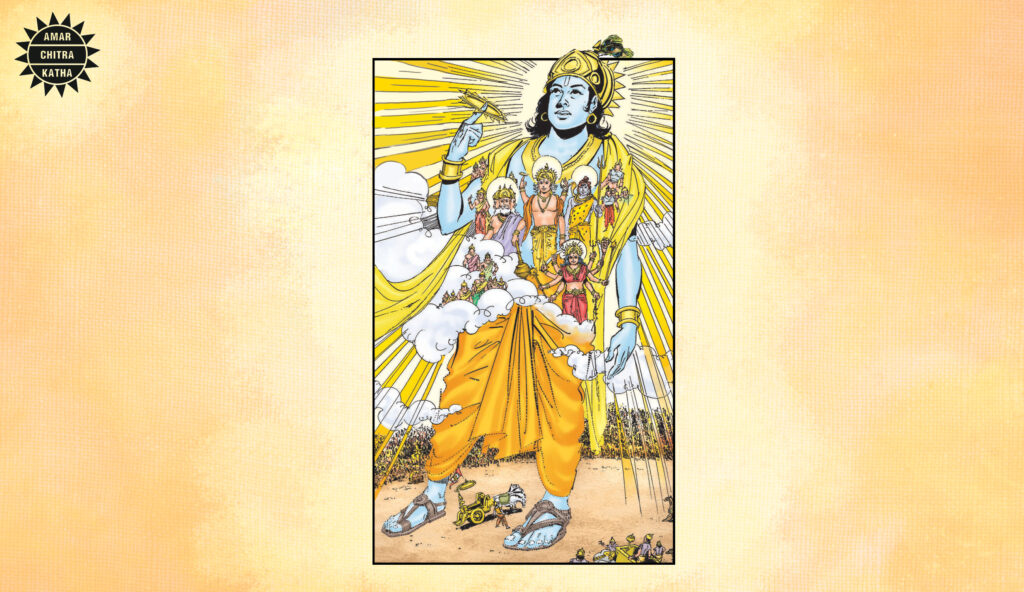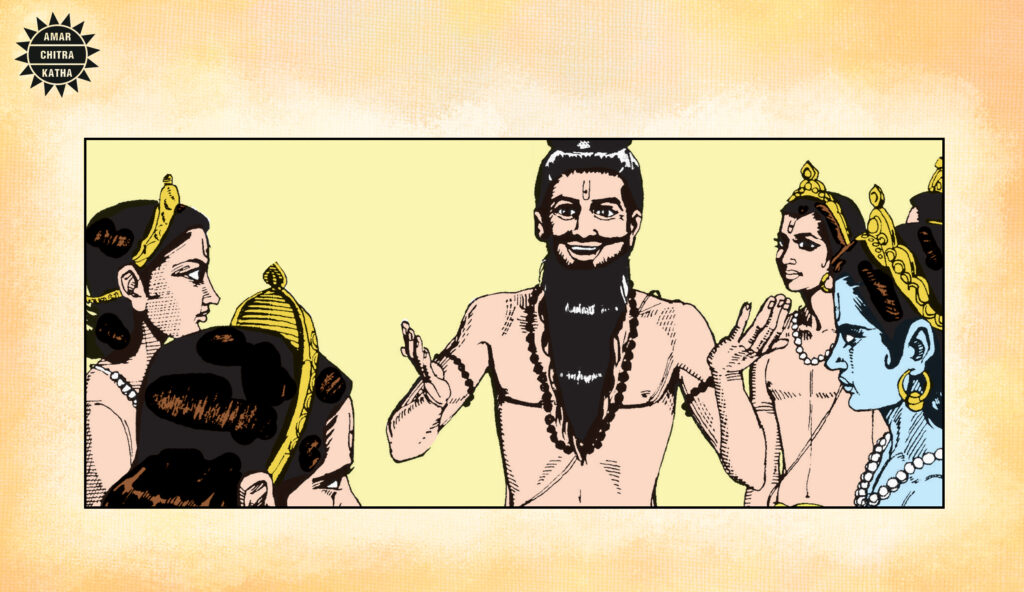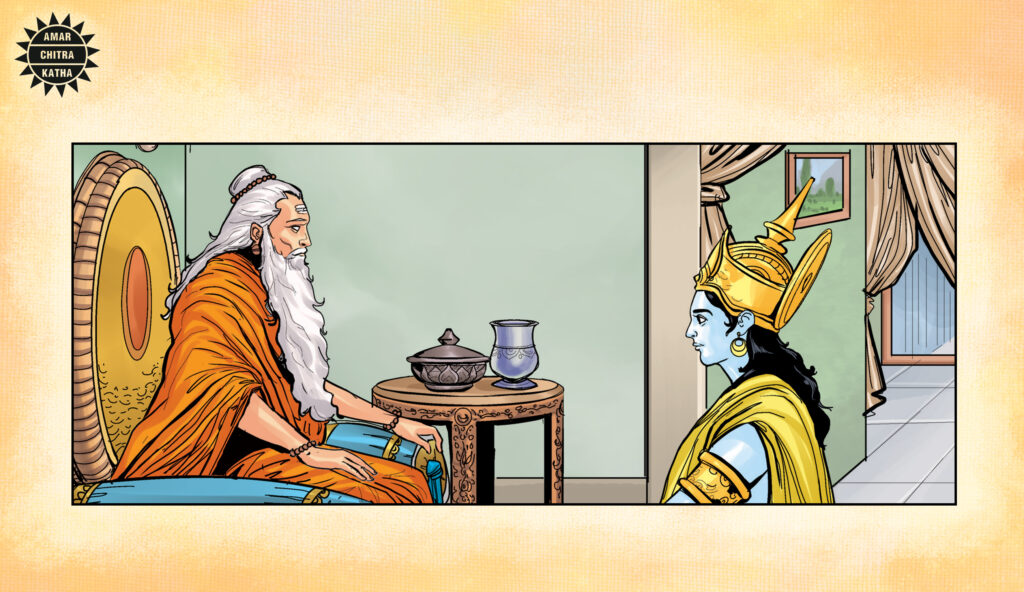by Keya Gupta
Our childhoods are shaped by noisy school classrooms, neighbourhood parks, playing with friends, and lots of games. These games filled out days and afternoons, or any free moment we could get. Regardless of when you grew up, childhoods were always full of the simple joy of playing, waiting for your turn, and laughing together. Along the way, these games taught us much more than just play and song. If we look beyond the fun moments, we see that they connect us to our roots, passing down culture from one generation to the next. They offer lessons in balance, agility, and teamwork that stay with us long after we have left the playground. No surprise then, that despite the world constantly changing, certain traditional games have stuck around.
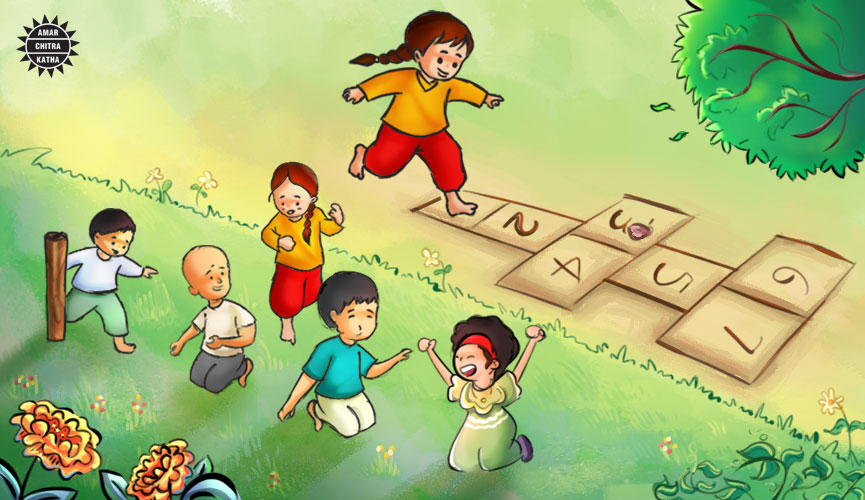
Hopscotch
You just need a small piece of chalk to begin playing Hopscotch. The exact origin of hopscotch is debated, though variants trace back thousands of years. Children draw a set of numbered boxes on the ground and hop through the squares on one foot, picking up a small stone or marble while avoiding breaking the pattern or stepping on the edges. The game usually starts with tossing a stone into the first box. Every child remembers the challenge of balancing and the thrill of getting through all the boxes. Hopscotch helps develop balance and coordination, but it is also as much about focus as it is about movement.
Kho-Kho
This classic chasing game is popular across India and is said to have originated in Maharashtra, in the form we now know it in. In ancient times, a version of the game, called ‘Rathera’, was played on chariots. In Kho-Kho, two teams compete, where one team chases while the other tries to avoid being touched. Players from the chasing team sit or kneel in a line, and one active chaser runs around trying to tag runners from the opposing team. The chaser can switch places with teammates by tapping them and saying “Kho”. Chasers must use speed, agility, and teamwork to catch opponents.
Many even believe that the game originated from the Mahabharata. On the thirteenth day of the war, Dronacharya created the ‘Chakravyuh’ formation, a military defensive circle. Arjuna’s son, Abhimanyu, was the only warrior who dared to go inside and heavily injured the Kaurava warriors. However, fighting seven to one, Abhimanyu was eventually overpowered and lost his life. The method Abhimanyu used to fight this defensive circle is frequently used in Kho-Kho.
The modern form of Kho-Kho was formalised in 1914 in the Gymkhana of Pune, which was founded by Lokmanya Tilak. Since then, Kho-Kho has been played across the nation and has even found an international stage in places such as the South Asian Games.
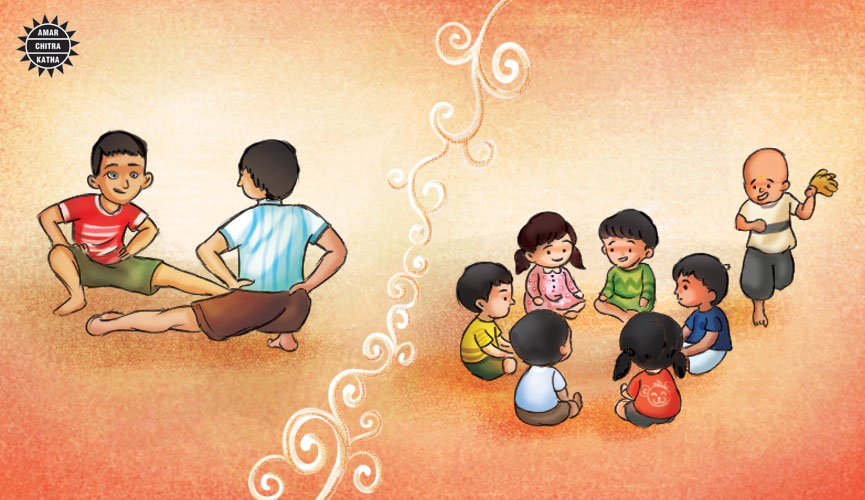
Se Se Seboti
In the green hills of Manipur, children have their own folk classics. Se Se Seboti is one such game which blends rhythm, movement, and song. The game has its own unique song which goes:
“Se se seboti Boboti son of Laishram,
Let us have a duel
To see who defeats who
Like a Kouna (reed) I can uproot you
Like a Thambou (stalk of lotus)
I can break you”
Children gather and sing the song while challenging each other to various feats, such as arm wrestling, hopping or other challenges inspired by the song. The game is rooted in the stories and traditions of the Meitei community, with references to traditional elements and local flora (thambou), embedding elements of Manipuri everyday life. Martial arts is a key feature of Meitei culture and Se Se Seboti’s competitive spirit honours the region’s heroic past and warrior heritage.
Kola Kolaya Mundhirika
Down in the south, in Tamil Nadu, ‘Kola Kolaya Mundhirika’ is a popular game, where one person walks around a group seated in a circle, while singing a rhyme and holding a handkerchief. At any moment, the child can drop the handkerchief behind someone, who must chase and tag the child who dropped the handkerchief. Simple and energetic, it requires only a handkerchief and can be played anywhere at any time.
One Game, Many Names
An interesting thing about a lot of these games is that the same game is found with regional variants in different states and communities, being known by different names. For example, Hopscotch is called “Stapu” in North India, “Kith Kith” or “Ekka Dukka” in other Hindi regions, and “Paandi” in Tamil Nadu, with each region having different patterns and singing different rhymes. Tamil Nadu’s Kola Kolaya Mundhirika is not only played across India, but also across the world and called ‘Drop the Handkerchief’. This shows how games travel, adapt, and become part of local cultures all over the country.
The language, location and community might change, but the spirit of these games remains the same. These traditional games are more than just a way to pass time; they connect children across the country and bring people together.
Read more about Indian culture and history only on the ACK Comics app!




